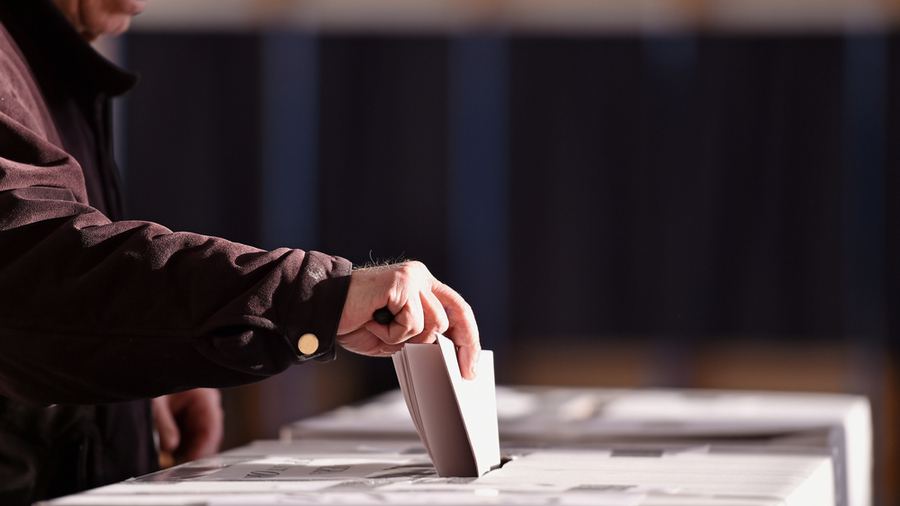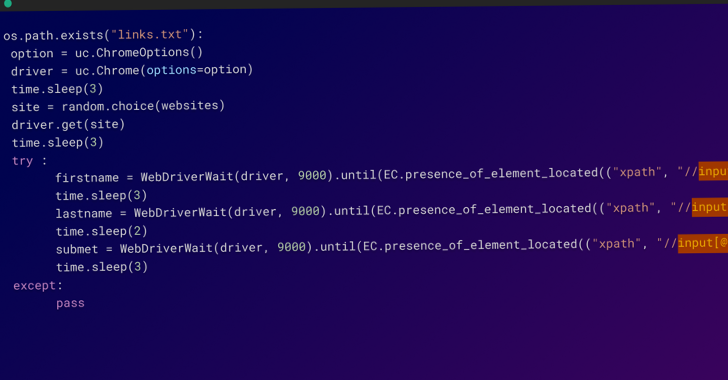Voting machines are vulnerable, and lawmakers are pushing hard to come up with a system that is impervious to hacks for fair results. Now, the Defense Advanced Research Projects Agency (DARPA) has launched a project to develop a $10 million open source and highly secure voting system. The new system will not only prevent hackers from hacking the machines but will also allow voters to verify that their vote has been recorded correctly.
The open source voting system will be designed by Galois, an Oregon-based company and a government contractor. The company has previous experience in designing secure systems.
How Will Open Source Voting Machine Differ From Currently Used Machines?
As compared to the contemporary voting systems that use closed, proprietary software, the new system will be based on open source voting software. DARPA will put to use its advanced special secure design and techniques for the open source hardware of the machine. Additionally, the voting machines will have a functionality that will allow voters to verify the result instead of relying on election officials for it.
To ensure that the developed open source voting system is reliable and hack-proof, DARPA will bring the prototype systems to this year’s Def Con Voting Village where researchers and ethical hackers will conduct penetration tests on it. DARPA will also partner with a number of university teams to analyze the prototypes in test environments.
The Galois developed voting system will not be sold. Instead, the company will make available the prototypes for voting machine vendors to customize and adopt the design. Voting machine vendors will benefit from the fact that Galois will not charge any licensing fees for the open source system.
No Barcodes
A basic voting machine developed by Galois will feature a touchscreen to cast votes and the votes will not be tabulated in it. Instead, the machine will print out a paper ballot marked with the choice made by the voters. This will allow voters to review their choice before submitting the paper ballot into an optical scan machine where the tabulation process will occur.
The currently deployed voting machines print barcodes on the ballot that does not give an option to voters to review their choice.
The new machines will not have barcodes. After submitting the paper ballot in the optical-scan system, a cryptographic representation of votes will be printed on a receipt. After the elections would get concluded, the cryptographic representations will be uploaded on a website where voters can verify their choice.
This process will bring transparency in the voting system which heavily relies on election officials currently.
It is a major step towards developing a transparent and secure voting system. What are your thoughts about it?










